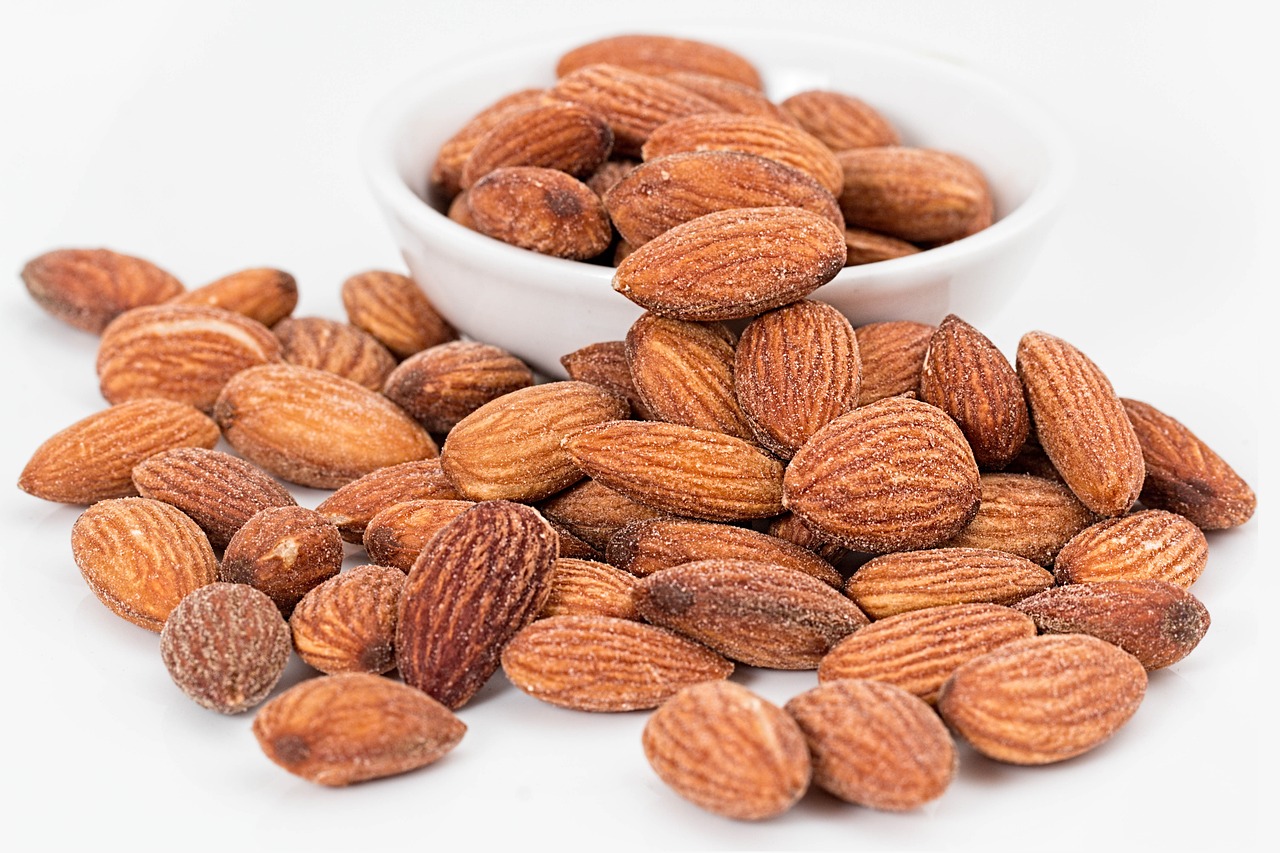“`html
The Paleo Diet: A Return to Our Nutritional Roots
The Paleo diet, often referred to as the “caveman diet,” is a nutritional plan that mimics the dietary habits of our early ancestors from the Paleolithic era. With a focus on whole, unprocessed foods, the Paleo diet emphasizes the consumption of foods that our ancestors would have likely hunted or gathered. This approach has gained traction in recent years, attracting health enthusiasts and individuals seeking to improve their well-being. In this blog post, we will delve deep into the principles, benefits, potential drawbacks, and practical tips associated with the Paleo diet, providing you with valuable insights for making informed dietary choices.
What is the Paleo Diet?
The principles of the Paleo diet are grounded in consuming foods that were available during the Paleolithic era. The diet excludes modern processed foods and emphasizes whole food sources.
Core Principles
- Whole Foods: Focus on foods that are minimally processed.
- Elimination of Grains: Avoid grains, which were not consumed by early humans.
- Meat and Fish: Include high-quality sources of meat and fish, ideally grass-fed and wild-caught.
- Fruits and Vegetables: Prioritize fresh, seasonal produce for essential vitamins and nutrients.
- Nuts and Seeds: Incorporate them as a source of healthy fats and proteins.
Benefits of the Paleo Diet
The Paleo diet offers a range of potential health benefits, many of which have been supported by recent research.
Health Improvements
- Weight Loss: By focusing on whole foods and eliminating sugar, individuals may experience reduced caloric intake and weight management.
- Improved Heart Health: Reducing processed foods can lead to lower cholesterol levels and better cardiovascular health.
- Enhanced Digestion: Many followers report improved digestion due to the increased intake of fiber from fresh fruits and vegetables.
- Increased Energy Levels: Balanced blood sugar levels from whole foods may contribute to higher energy levels throughout the day.
Statistics to Consider
According to a study published in the American Journal of Clinical Nutrition, participants on a Paleo diet experienced greater weight loss and improved blood pressure compared to those following a standard diet. This reflects the effectiveness of returning to a more natural way of eating.
Foods to Include on a Paleo Diet
Transitioning to a Paleo diet means knowing which foods to embrace. Here are some key categories to focus on:
Approved Food List
- Meats: Grass-fed beef, free-range chicken, turkey, and wild-caught fish.
- Fruits: Berries, apples, bananas, and citrus fruits.
- Vegetables: Leafy greens, broccoli, carrots, sweet potatoes, and bell peppers.
- Nuts and Seeds: Almonds, walnuts, chia seeds, and flaxseeds.
- Healthy Fats: Olive oil, coconut oil, and avocado oil.
Paleo Diet Drawbacks
While the Paleo diet has its benefits, it is also essential to consider potential drawbacks before making the swap.
Possible Challenges
- Restrictiveness: Eliminating entire food groups such as grains and dairy can be challenging and may lead to nutritional deficiencies.
- Cost: High-quality meat and organic foods can significantly increase grocery bills.
- Social Situations: The diet can be difficult to maintain in social settings that prioritize convenience and variety.
Mitigation Strategies
To tackle these challenges, consider the following:
- Plan meals in advance to ensure nutritional balance.
- Seek support from like-minded individuals to share tips and recipes.
- Gradually transition to the diet, allowing your body to adjust.
Practical Tips for Following the Paleo Diet
Adopting the Paleo diet doesn’t have to be daunting. Here are some practical tips for success:
Meal Planning and Preparation
- Cook in Batches: Prepare meals ahead of time to save time during busy weekdays.
- Experiment with Recipes: Use online resources or Paleo cookbooks to discover new dishes.
- Shop Smart: Focus on the perimeter of the grocery store where whole foods are typically located.
Staying Motivated
- Join online communities or forums for support and inspiration.
- Keep a food diary to track your meals and monitor how you feel.
- Set realistic goals and celebrate your accomplishments, no matter how small.
Conclusion
In summary, the Paleo diet presents an appealing choice for individuals looking to enhance their health through a nutrient-rich, whole-food-based approach. By understanding its principles, benefits, and challenges, you can make informed decisions that align with your dietary needs. Whether you choose to fully commit to the Paleo lifestyle or simply incorporate some of its principles into your routine, the key is to be mindful of your choices and proactive in your health journey. Remember, a balanced diet and lifestyle are essential elements in achieving overall wellness.
“`






